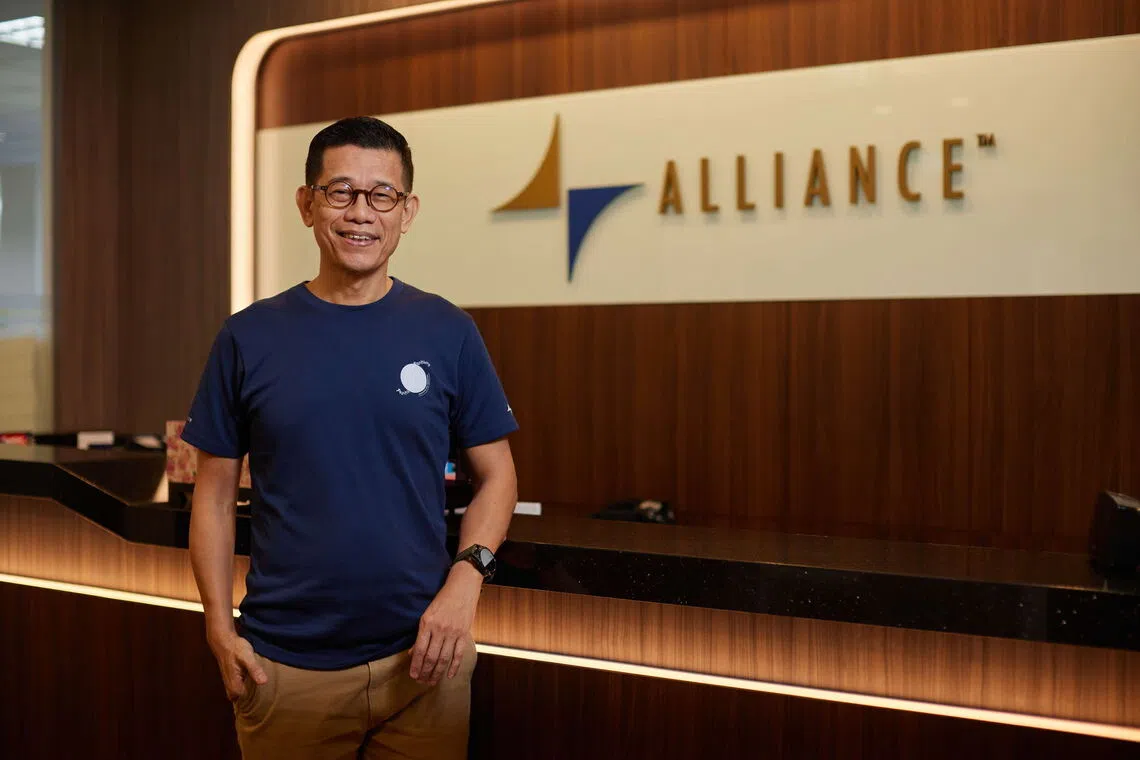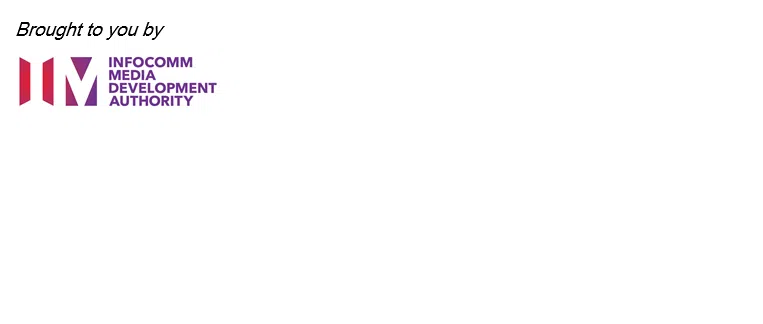Teleconsults, tech-savvy teams, faster patient flow: How S’pore clinic chain reinvents into scalable digital platform
With support from IMDA’s Digital Leaders Programme, Alliance Healthcare Group hired its first chief technology officer, who helped build a connected ecosystem that streamlined workflows and drove higher revenues
THIRTY years ago, Barry Thng opened a small GP clinic in Tanglin Halt with one simple goal – to give his patients better care through accessible, community-centred healthcare.
What began as a humble neighbourhood practice has evolved into Alliance Healthcare Group (AHG) – a trusted network of more than 1,900 medical facilities across Singapore, serving over 1.45 million patients annually.
After AHG went public in 2019, Thng saw that physical expansion alone was no longer enough. To keep pace with Singapore’s evolving healthcare landscape, AHG needed to adopt and embed technology into every aspect of how it delivers care.
“AHG underwent a fundamental shift in our business model – from operating self-owned medical facilities to building and scaling a digital healthcare platform,” says Thng, now the group’s executive chairman and chief executive officer.

The group began upgrading its systems and linking clinics, but the initial progress was slow due to its legacy infrastructure, manual workflows and limited digital expertise.
“While the AHG IT team was proficient in maintaining day-to-day operations, they lacked the specialised expertise and capacity needed for large-scale digital transformation,” says Thng.
“Their skill sets were more aligned with traditional IT support rather than digital innovation and transformation.”
The turning point came in 2021 when AHG joined the Infocomm Media Development Authority’s (IMDA) Digital Leaders Programme (DLP).
The programme supported AHG’s hire of its first chief technology officer (CTO), Rodney Yeo, to chart a digital strategy that would accelerate its business goals.
Says Thng: “Rodney’s dual focus on strategic IT leadership and business alignment has brought transformative impact to AHG.”
Strengthening the digital backbone
Under Yeo’s leadership, AHG expanded its tech team from nine to 28 people, with the DLP’s manpower subsidy supporting six of the 19 new hires. He also built a long-term roadmap to drive AHG’s digitalisation beyond the two-year DLP grant period.
The team then modernised AHG’s systems using frameworks such as Kubernetes, microservices and .NET Core, laying the foundation for two key platforms that reshaped the business.
The first initiative, Medinet 2.0, is an integrated medical benefits management system designed to strengthen AHG’s corporate healthcare arm. By eliminating duplicate data entry and reducing billing errors, the platform has streamlined backend operations.
Beyond efficiency gains, Medinet 2.0 also provides valuable data insights into disease trends and sick-leave patterns, enabling AHG to design smarter, more targeted workplace health programmes for its corporate clients.

The second, HeyAlly, AHG’s patient-facing mobile app, was upgraded to improve clinic flow and patient experience. Enhanced with digital queuing and pre-consultation registration, the app helps clinics serve more patients with the same manpower.
HeyAlly also offers teleconsultations and cashless payments, reducing administrative work so its general practitioners could focus on patient care.
Together, these efforts lifted revenue by 40 per cent in the last three years, proving how digitalisation can power both efficiency and growth.
Supporting a culture shift
Yeo’s appointment as CTO also catalysed a broader shift within AHG. Over the 18 months of digitalisation, there was stronger collaboration and greater digital fluency across the organisation.
Teams began using communication and project management tools like Microsoft Teams and Jira to coordinate their work, breaking down silos and improving transparency. Staff were roped in to co-develop IT solutions, fostering ownership and reducing resistance to technology.
As more routine tasks got automated, employees saw fewer errors and had more time for patient care.
Thng says: “The digitalisation process significantly transformed both the culture and mindset of our employees. Over time, they became more proactive in leveraging technology to improve and streamline their daily tasks.”
To make digital adoption easier for patients, AHG stationed ambassadors at clinics to help elderly visitors and children use the HeyAlly app. The ambassadors also encouraged family members to get involved in assisting patients with using the app.
With its ecosystem now connecting 1,900 medical facilities – from GP clinics and imaging centres to day surgery and specialist clinics – AHG is well positioned to scale further and faster.
Thng says: “Looking ahead, we are focusing on unlocking the value of big data within our healthcare ecosystem.
“By applying artificial intelligence and analytics to the data collected across our platform, we aim to generate actionable insights that drive smarter decision-making, improve population health outcomes, and ultimately deliver better healthcare at lower cost.”
Speed up digitalisation with IMDA

Launched by the Infocomm Media Development Authority (IMDA), the Digital Leaders Programme (DLP) helps digitally mature Singapore companies build in-house digital capabilities and scale transformation through emerging technologies.
Through a mix of masterclasses, workshops and mentorship, participants learn to align digital strategies with business goals and discover new tools that support growth.
DLP can help companies design their digital roadmaps and identify the talent mix needed for growth.
The programme also offers co-funding support for new tech hires for up to 24 months – covering as much as 50 per cent of salaries in the first year and 30 per cent in the second for small and medium-sized enterprises, or up to 30 per cent across two years for larger firms.
Beyond funding, DLP connects participating companies with digital peers, technology partners and industry experts, creating opportunities for collaboration and knowledge exchange.
To qualify, companies must be Singapore-registered non-infocomm technology businesses with at least 30 per cent local shareholding, have already begun digitalisation, and show clear ambitions and financial capability to scale transformative projects.
Learn more about how you can take your digitalisation journey to the next level.

Share with us your feedback on BT's products and services
